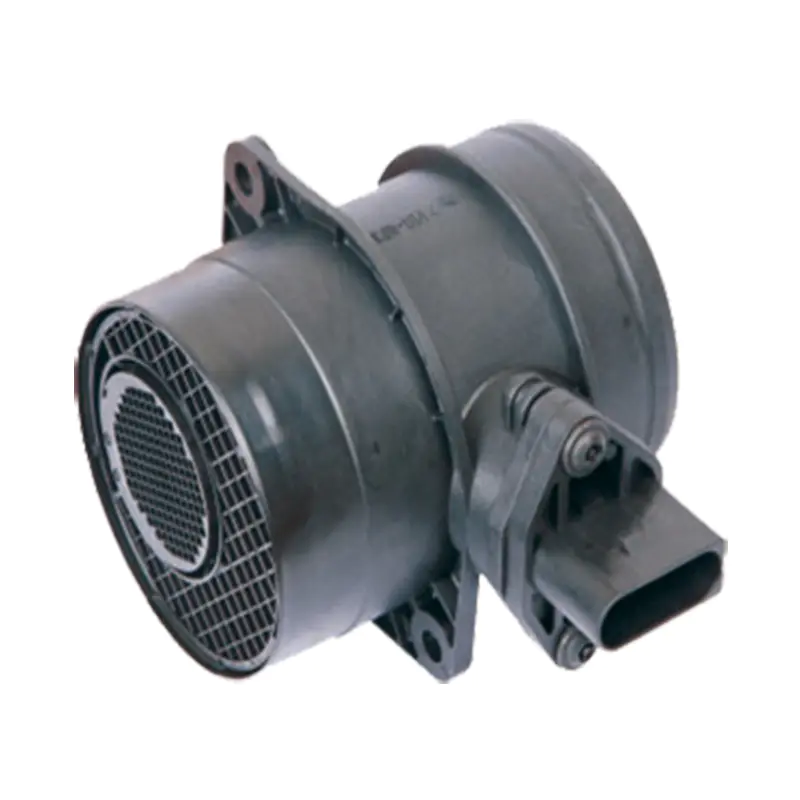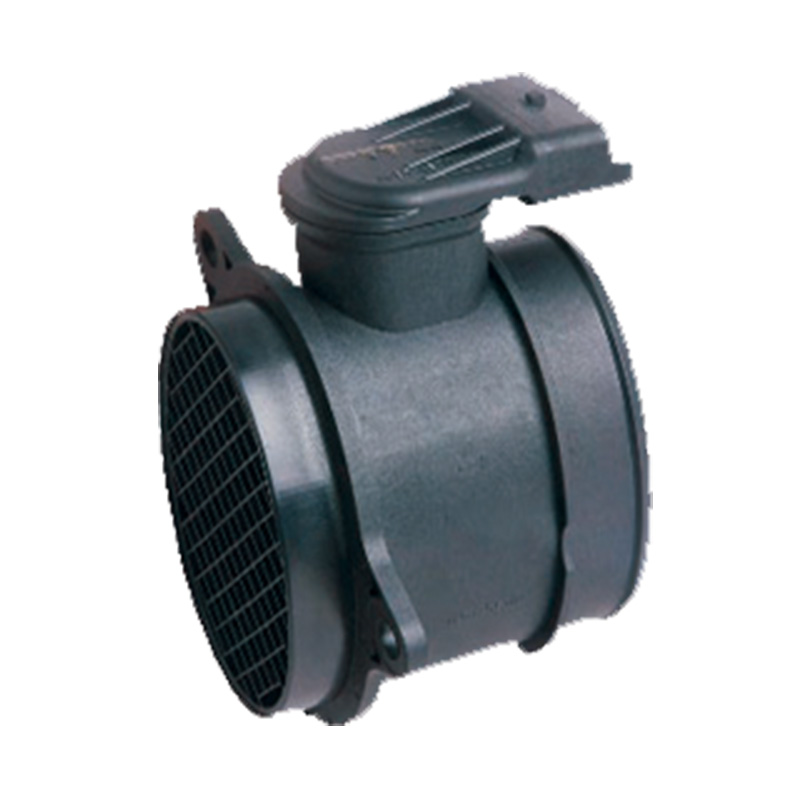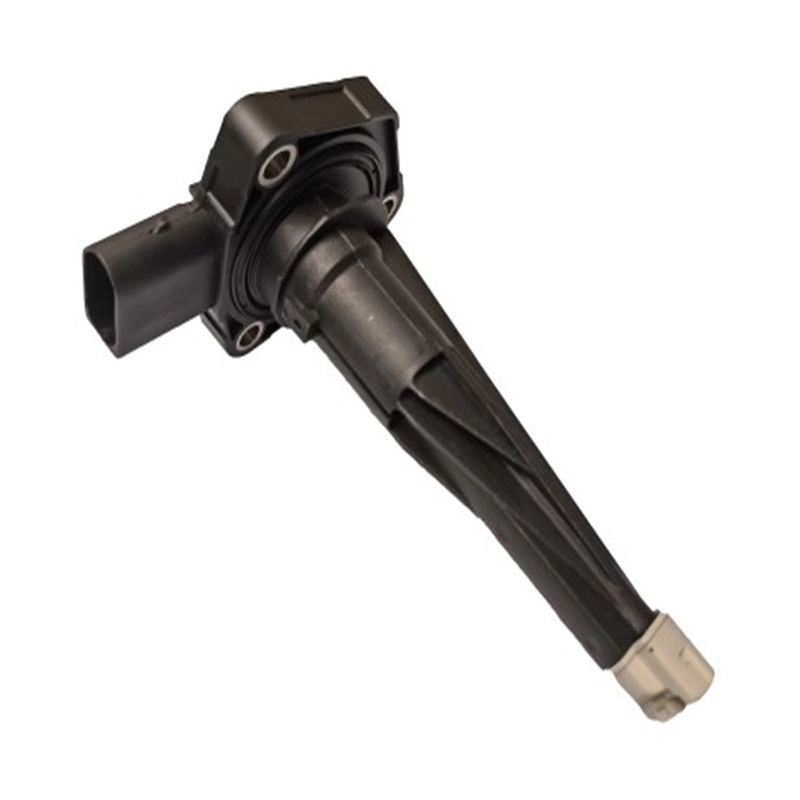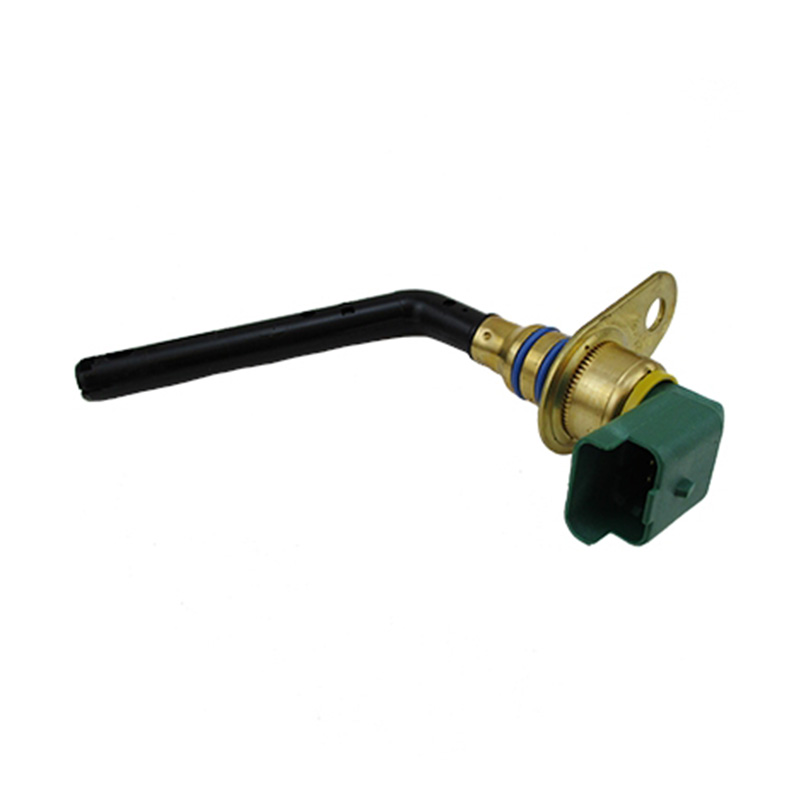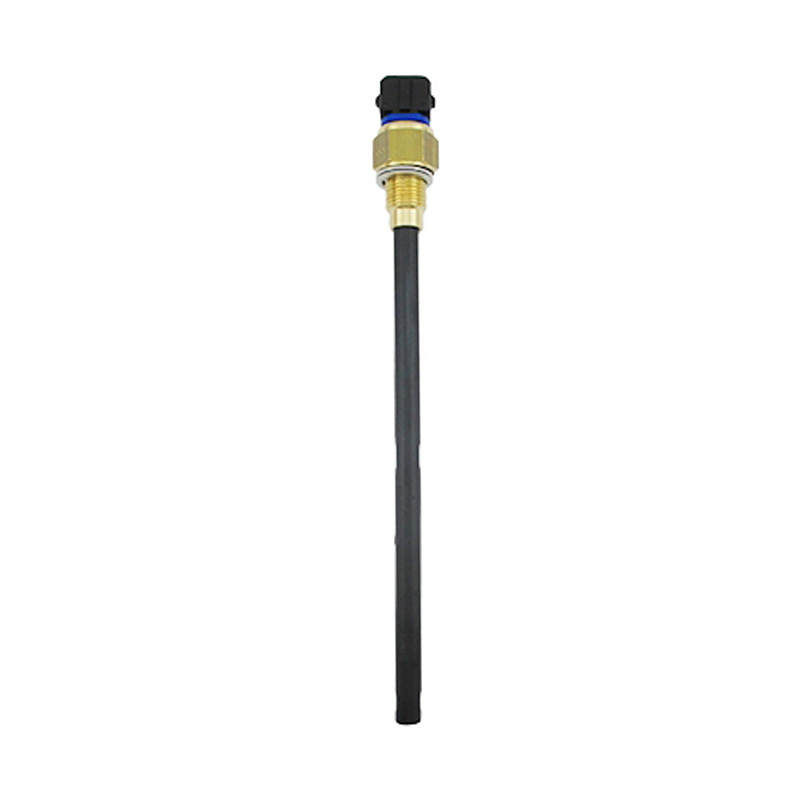OEM.NO:0281 002 461 0281 002 462 0986 284 007
See DetailsMass Air Flow Sensor With Stable Output Performance
The mass air flow (MAF) sensor plays a critical role in modern automotive engine management systems. It measures the amount of air entering the engine, providing essential data to the engine control unit (ECU) for accurate fuel injection and ignition timing. Stable output performance in a MAF sensor ensures that the engine runs efficiently and meets emissions standards while maintaining smooth driving performance.
A MAF sensor with stable output performance delivers consistent and reliable signals regardless of changing environmental conditions, such as temperature fluctuations, humidity, or vibrations caused by road conditions. This stability is important because even slight variations or inaccuracies in air flow measurement can advance to inefficient combustion, poor fuel economy, and increased emissions.
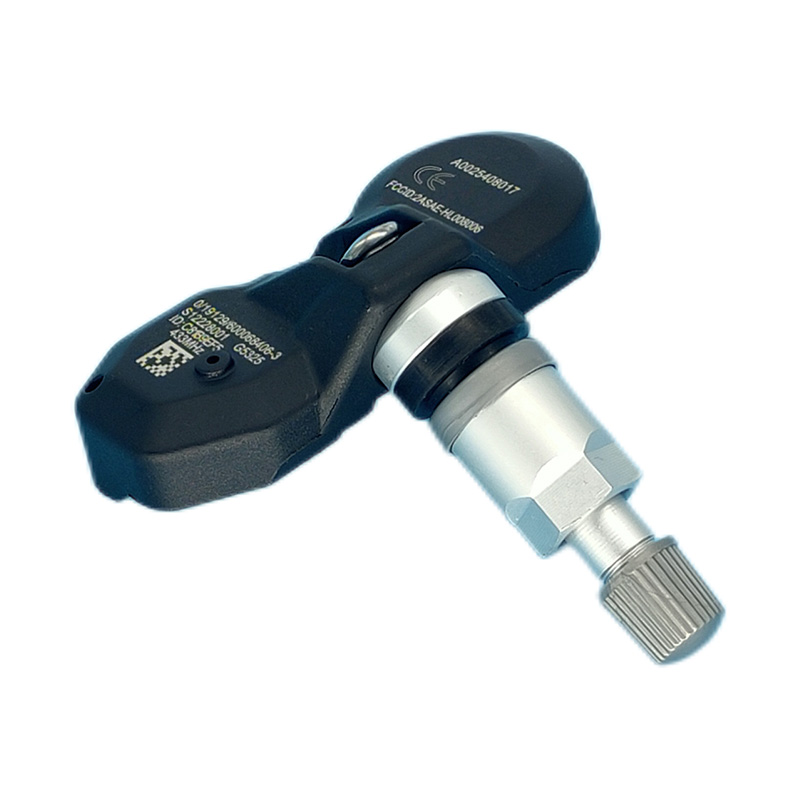
One of the widely recognized MAF sensors is the Mitsubishi Air Flow Sensor. Designed to meet the specific requirements of Mitsubishi engines, this sensor provides steady output that helps maintain good air-fuel mixture control. It is engineered to be durable and resilient against contaminants such as dust and oil vapors, which are common challenges in an engine's intake system. The sensor's ability to maintain accuracy over time supports the engine's performance and longevity, reducing the need for frequent replacements or repairs.
Similarly, the Mass Air Flow Sensor for Mazda models is tailored to work seamlessly with Mazda's engine configurations. This sensor ensures that the air entering the engine is measured precisely to keep the combustion process in balance. Mazda vehicles equipped with these sensors benefit from smoother acceleration and better throttle response. Furthermore, the sensors are designed to operate well under various driving conditions, including city traffic, highway cruising, and off-road scenarios, maintaining stable output performance throughout.
The construction of these MAF sensors typically involves a sensing element that measures air flow either by the hot-wire principle or the hot-film principle. Both methods detect changes in electrical resistance or temperature caused by air passing over the sensor element. This data is converted into an electrical signal sent to the ECU. Sensors built with quality materials and advanced manufacturing processes tend to provide more stable output signals, which is why sensor design is a key factor in performance.
Maintenance and proper installation of the MAF sensor are also crucial for ensuring stable output. Contamination on the sensor element, loose electrical connections, or damaged wiring can cause erratic signals or sensor failure. Regular inspection and cleaning using recommended products can help maintain the sensor's effectiveness. It is equally important to avoid aftermarket parts of uncertain quality, as these may not provide the same reliability or durability as OEM or well-engineered replacement parts.
When the MAF sensor output is stable, the ECU can accurately calculate the air mass entering the combustion chamber, adjusting fuel injection volume accordingly. This results in balanced combustion, which contributes to better fuel economy and reduced exhaust emissions. Conversely, an unstable or failing MAF sensor can advance to symptoms such as rough idling, engine hesitation, or increased fuel consumption, making timely detection and replacement necessary.
The integration of MAF sensors with vehicle diagnostics systems also allows for quick identification of sensor-related issues. Modern vehicles use onboard diagnostics to monitor sensor performance continuously. If the sensor output deviates from expected parameters, diagnostic trouble codes (DTCs) are triggered, alerting technicians to inspect or replace the sensor. This helps prevent long-term engine damage and maintains vehicle reliability.
For vehicles like those manufactured by Mitsubishi and Mazda, using MAF sensors designed specifically for their engine systems contributes significantly to vehicle performance. These sensors are calibrated to handle the unique air intake characteristics and engine control strategies of each model, supporting efficient engine operation throughout the vehicle's lifespan.
A mass air flow sensor with stable output performance is a vital component in vehicle engine management. Whether it's a Mitsubishi air flow sensor or a mass air flow sensor for Mazda, the consistent and accurate measurement of incoming air enables the engine to function efficiently and cleanly. Maintaining sensor health through proper care and using components that fit the vehicle's specifications can help ensure a smooth driving experience and long-term reliability.
